Do tea lovers usually pour out the bottom of leaves directly after drinking tea?
NO NO NO!
Then you will miss too much important information about the quality of tea leaves!
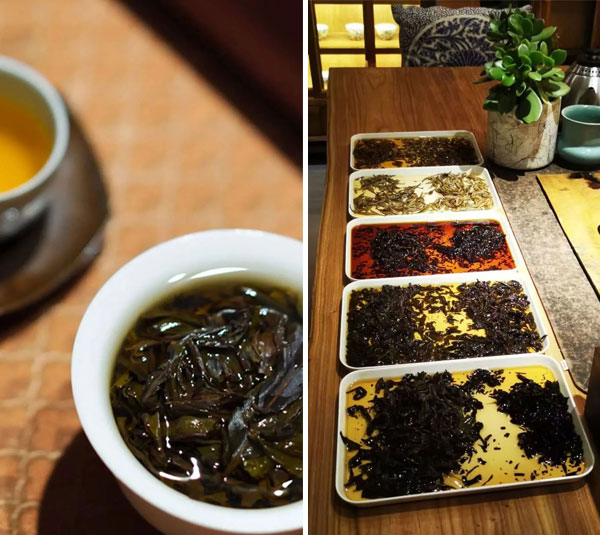
◆ What is the bottom of leaves?
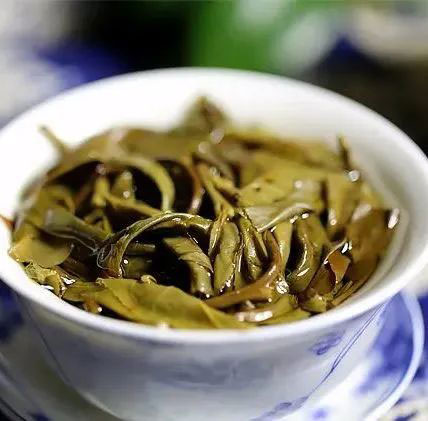
The bottom of leaves - is the tea residue, which refers to the leaves of dry tea that are stretched out after brewing.
• Look at the bottom of leaves
It means pouring the brewed tea leaves into the bottom of leaves tray or cup lid. By observing its tenderness, uniformity, color, and other tea characteristics that can be seen through the bottom of leaves, the actual quality of tea leaves can be judged.
Before looking at the bottom of leaves, put the tea leaves into a special bottom of leaves tray, or a flat object such as a cup lid. When pouring, pay attention to clean up the fine pieces stuck to the cup wall, bottom of cup and cup lid, and then spread, spread and mix well to be considered as comprehensive and objective preparation.
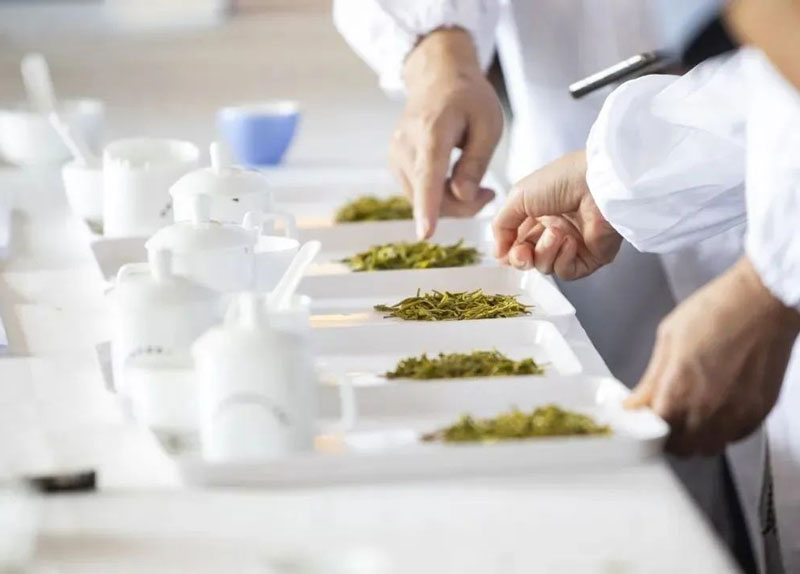
◆ How to look at the bottom of leaves?
01. Look at the tenderness - reflects the picking level
The so-called tenderness refers to the ratio of buds and young leaves in a tea and the overall tenderness of the leaves. When the tea is not brewed, it is not easy to distinguish the content of buds and young leaves, but it is easy to distinguish through the leaf bottom.
To distinguish the overall tenderness of the leaves, in addition to looking with the eyes, you also need to pinch them with your hands.
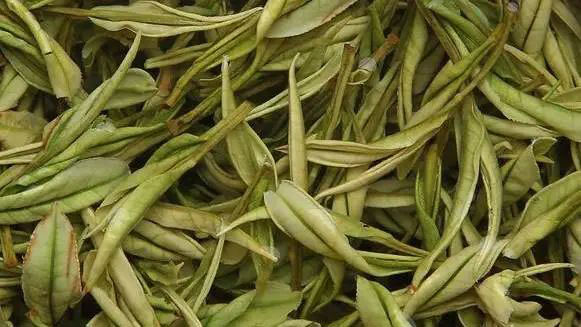
The general principles for distinguishing tenderness are:
- The leaves that are soft and tough when pinched with fingers are tender; the leaves that are hard and loose after letting go are old;
- The leaves with smooth and silky veins are tender; the leaves with raised veins that can be touched are old;
- The leaves with smooth serrations on the edges are tender; the leaves with obvious serrations on the edges are old;
- The leaves with thick and soft flesh are the best, which means they are tender and rich in substances, and are mostly high-quality mountain tea raw materials; the leaves that are soft but thin are average, and are mostly tableland tea raw materials.
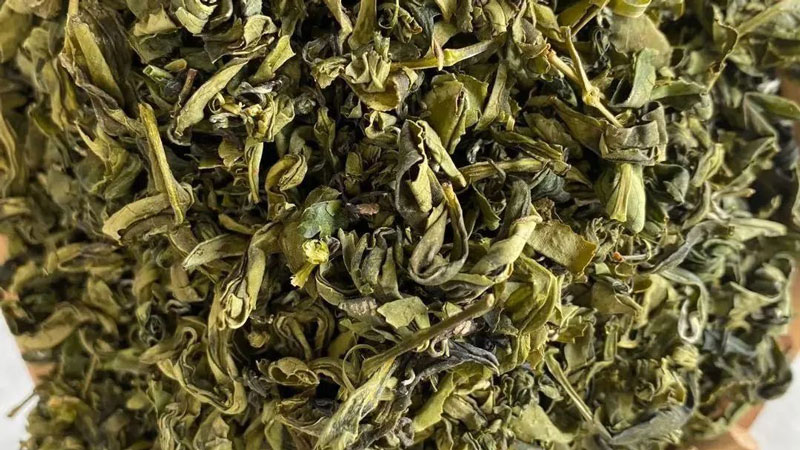
The leaf bottom can also distinguish spring tea from autumn tea. The leaf bottom of autumn tea is relatively thin and lacks elasticity, while the spring tea is fuller and richer.
02. Look at the color - reflect the raw materials of tea
The color of the leaf bottom can very intuitively reflect the raw materials and processing quality of a tea.
When observing the color of the leaf bottom, if there are multiple similar teas, it is best to compare them together, otherwise it is easy to be affected by light, environment and subjective factors.
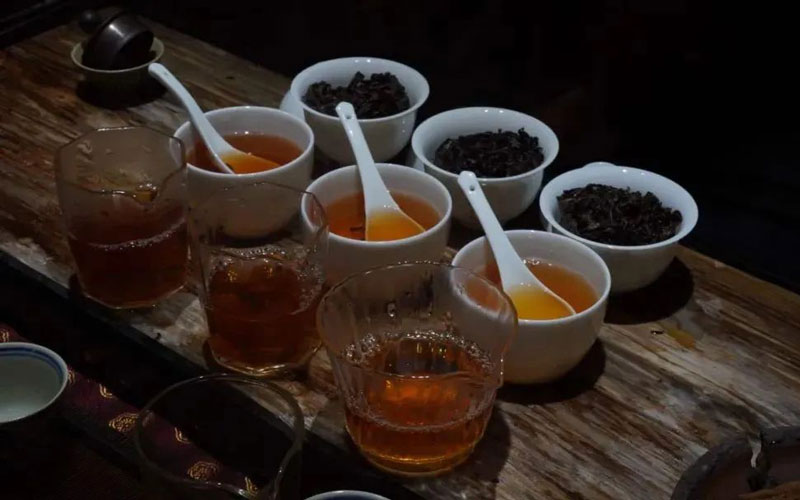
The overall principle of color distinction is:
- The color should be normal: the so-called normal means that it has the color requirements that tea should have. For example: for green tea, tender green, yellow green, and emerald green are the best;
- The color should be bright: bright does not mean that the leaves themselves will glow, but a kind of fresh, moist, full, and full of vitality.
03. Look at the uniformity - expose the processing situation
The so-called uniformity is to see whether the oldness, size, thickness, and wholeness of the leaf bottom are relatively uniform.
It is related to the picking or processing of tea. If tea farmers pick tea in a holistic way, the leaves will be uneven in size; or if tea factories mix tea picked from different hills and batches together without distinction, the uniformity will be very poor.
Poor uniformity means that the tea picking and making is not standardized, or it is blended.

04. Look at the stretch - show the activity of tea leaves
The better the stretch of the leaf, the better its activity.
Most tea leaves will go through the shaping process of rolling or wrapping during the production process. After being brewed with boiling water at high temperature, the leaves of tea with good craftsmanship will naturally stretch out and return to their original shape. Some teas with heavy rolling, such as oolong tea, will still curl slightly after being fully stretched, which is normal.
If the leaf is completely spread out like paper after brewing, or it is tight and cannot be brewed, it is a manifestation of defects in the process.
Conclusion:
The tea leaves can truly reflect the "true nature" of the tea raw materials. By looking at the tea leaves, you can more easily judge the quality of a tea in the long-term tea drinking process.
So next time, don't pour out the tea leaves directly!

%20--%3e%3c!DOCTYPE%20svg%20PUBLIC%20'-//W3C//DTD%20SVG%201.1//EN'%20'http://www.w3.org/Graphics/SVG/1.1/DTD/svg11.dtd'%3e%3csvg%20version='1.1'%20id='图层_1'%20xmlns='http://www.w3.org/2000/svg'%20xmlns:xlink='http://www.w3.org/1999/xlink'%20x='0px'%20y='0px'%20width='256px'%20height='256px'%20viewBox='0%200%20256%20256'%20enable-background='new%200%200%20256%20256'%20xml:space='preserve'%3e%3cpath%20fill='%23FFFFFF'%20d='M194.597,24.009h35.292l-77.094,88.082l90.697,119.881h-71.021l-55.607-72.668L53.229,232.01H17.92%20l82.469-94.227L13.349,24.009h72.813l50.286,66.45l58.148-66.469V24.009z%20M182.217,210.889h19.566L75.538,44.014H54.583%20L182.217,210.889z'/%3e%3c/svg%3e)